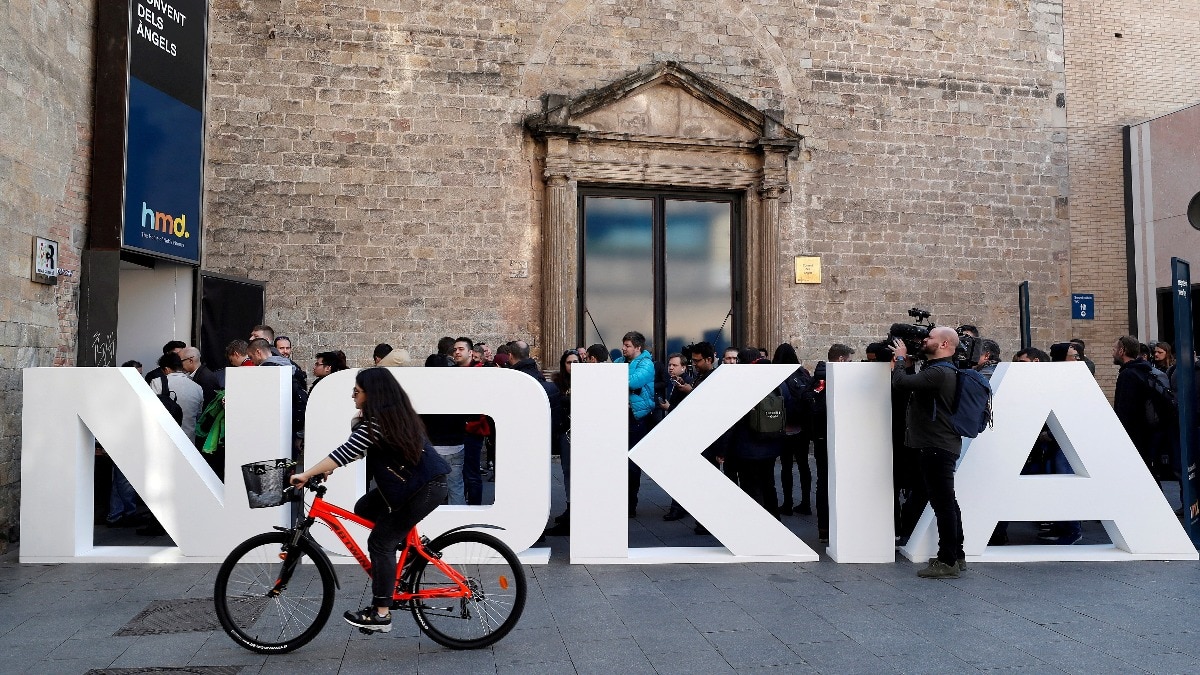Physical Address
304 North Cardinal St.
Dorchester Center, MA 02124
Physical Address
304 North Cardinal St.
Dorchester Center, MA 02124

Before Nokia collapsed, a quiet war played out inside its engineering ranks—U.S. teams pushing for touchscreens, Finnish teams clinging to buttons. One insider now at Tesla says the signs were clear, but no one wanted to see them.
Yun Ta Tsai, a senior engineer at Tesla, took to X to recount a pivotal moment during Nokia’s decline. As a member of the team pushing for an all-touchscreen design, Tsai recalls internal resistance that foreshadowed the company’s downfall. “We even demonstrated some apps on iPod Touch with some concept experiences,” he wrote, trying to convince colleagues that slim, buttonless phones were the future.
But the Finnish engineers refused. “What if the touchscreen stopped working?” “It does not work with big thumbs.” “Customers would feel insecure without physical buttons.” For every reason to move forward, Tsai said there were “thousands” of reasons not to.
“The US engineers were frustrated because they could see the writing on the wall,” Tsai noted. The real issue, he concluded, was deeper than design: “It was very difficult for a company to give up its legacy crutches. Almost never.”
That mindset extended to software. While Apple and Android reshaped the mobile landscape, Nokia clung to its outdated Symbian OS, then gambled on Microsoft’s Windows Phone—an OS with little developer support and even less consumer traction. The decision to avoid Android left Nokia cut off from the ecosystem that powered Samsung, HTC, and Huawei’s meteoric rise.
Industry analysts repeatedly flagged the risk. “Nokia may have to ‘take the [Android] pill before [it] cannot afford to do so anymore,’” one report warned. Nokia didn’t.
What began as a debate over thumb size became a symbol of corporate paralysis. Nokia’s engineers couldn’t agree on the future—and by the time they did, it had already arrived.